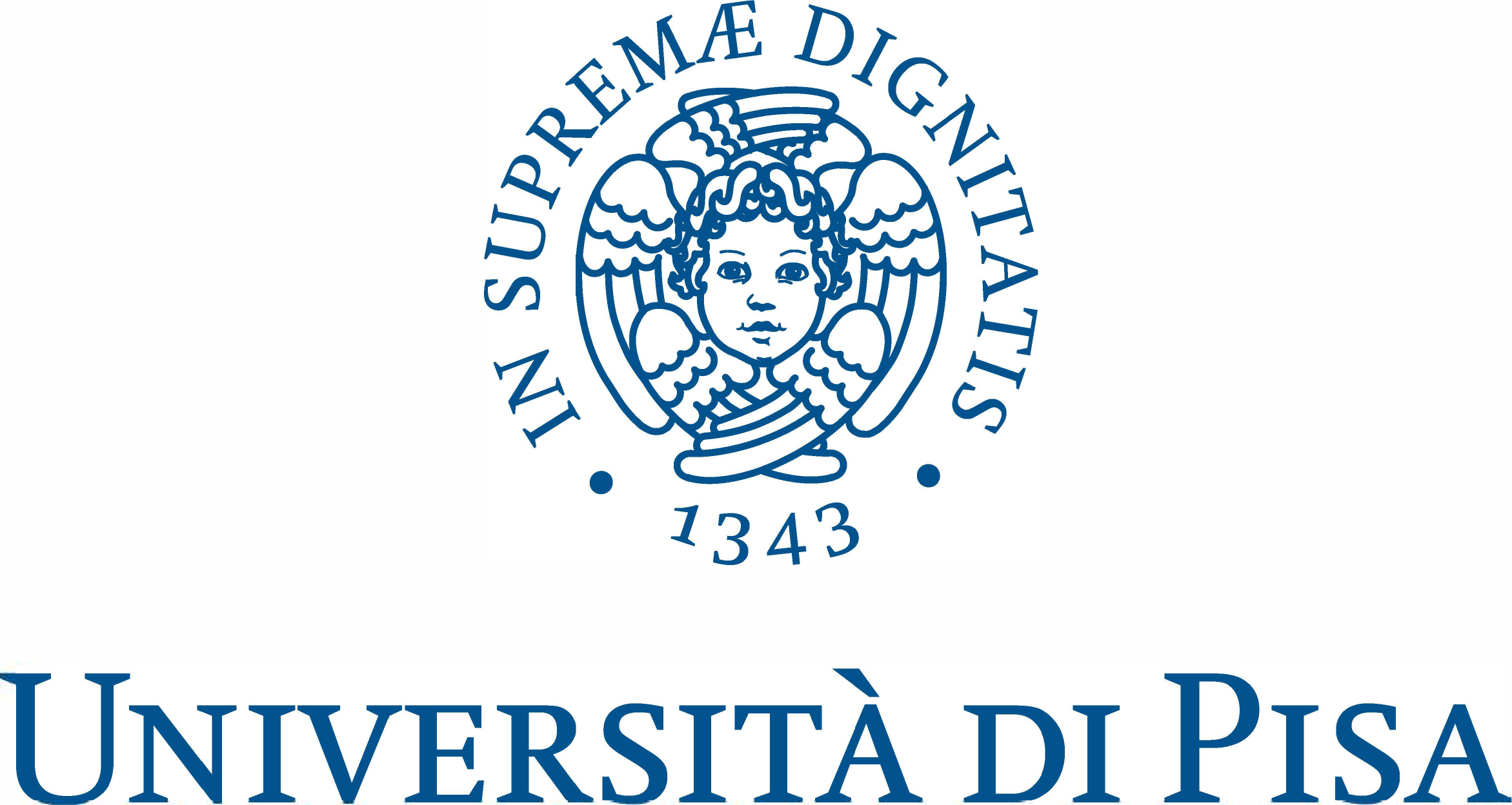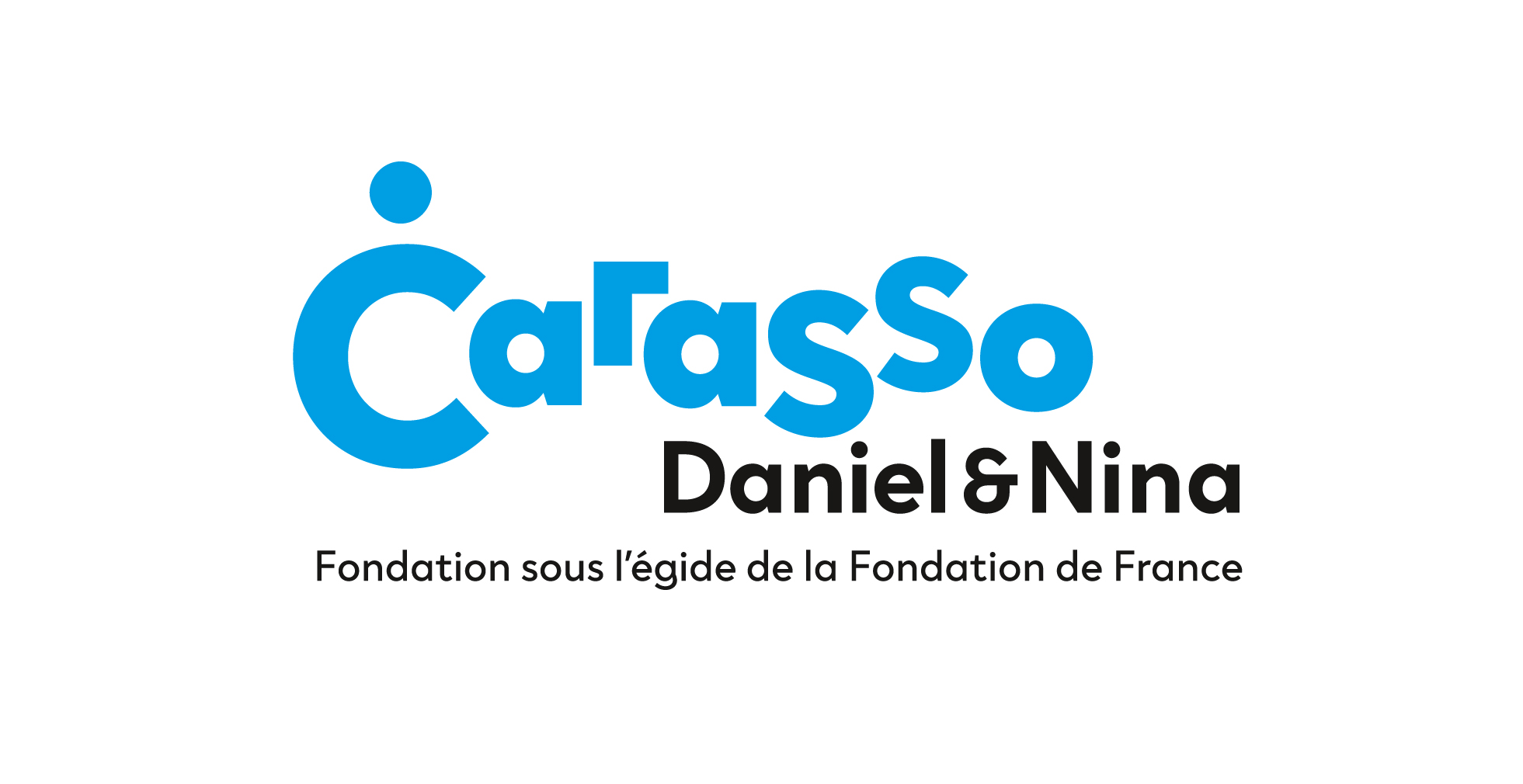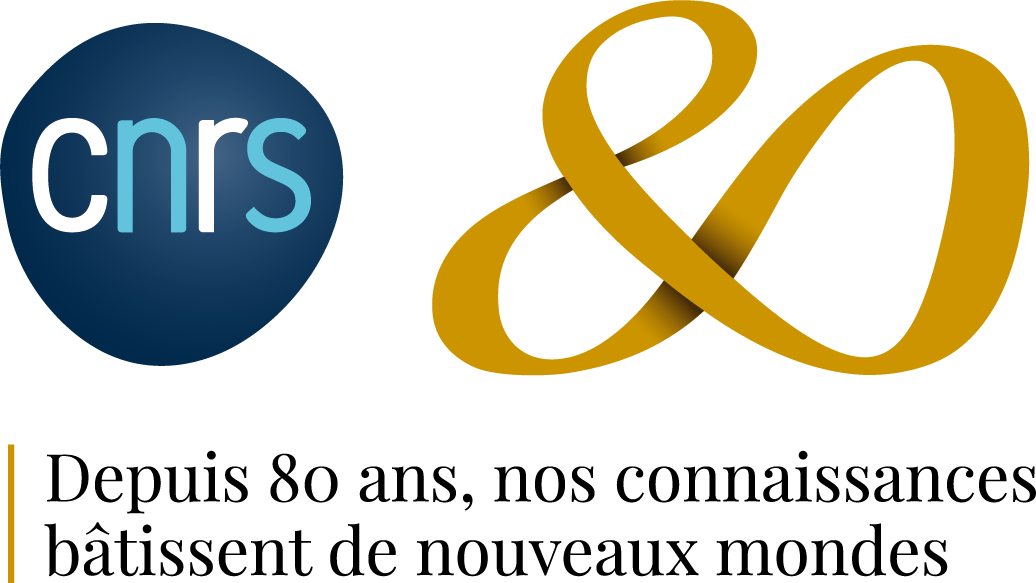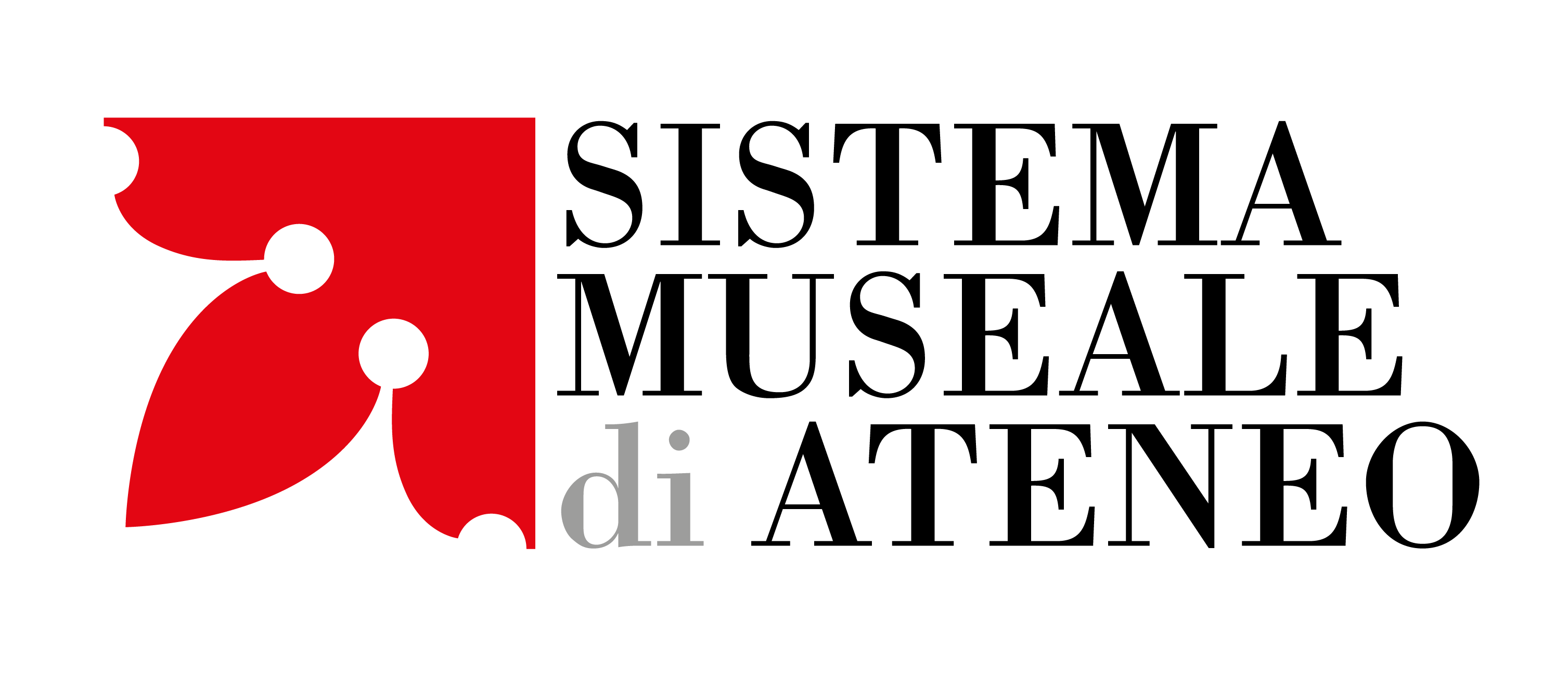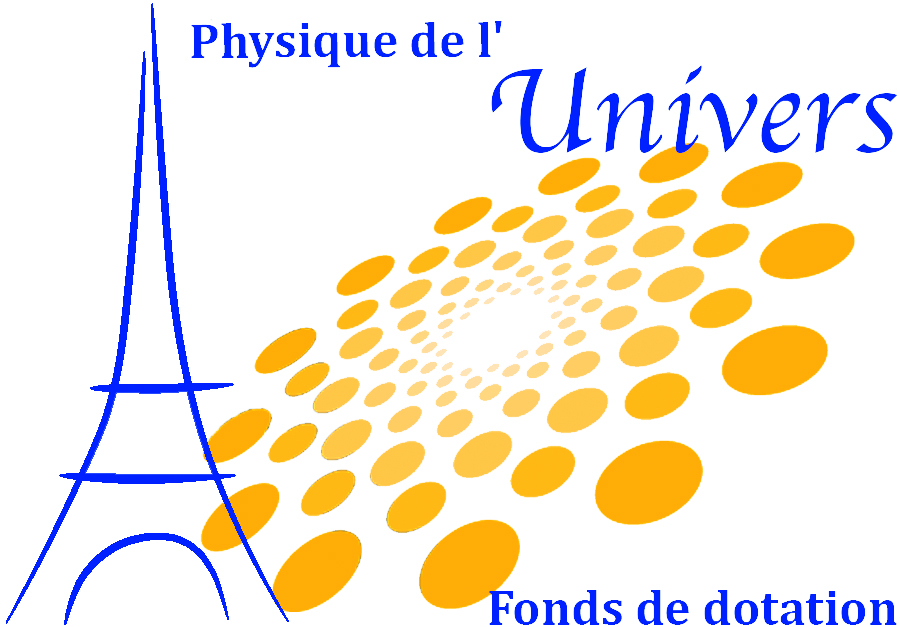Works
A Cosmic Sofa
Of the order of 10.000 cosmic rays (muons) pass through our body every minute. They are another messenger from the Universe, studied e.g. at the Auger High Energy Cosmic Ray Observatory in Argentina. They bring information not only about the Universe but also about the atmosphere covering us or the surrounding Earth. They can be used, being minimally absorbed by matter, to make the radiography of volcanos, archaeological and geophysical structures or simply study the underground infrastructure of our cities (metro construction).
In the Cosmic Sofa of this room, the visitor is sitting between 2 detectors measuring the passage of cosmic rays. The signal is then sonified, using the methods of the pioneering astronomer Wanda Carmen-Diaz whose project is to sonify astrophysical measurements, in order to make them accessible to the blind. Her method does not only intend to give access to science to the disabled but also enrich our sensorial apprehension of the Universe, increasing our sensing capabilities by adding the acoustic to the optical. This approach could also be considered as a “multi-messenger” apprehension of the data, increasing our predictive power beyond the linear and the stationary projection to the future, inventing adaptive and therefore rhythmic modes of prediction of the signal over the noise.
In the “Cosmic Sofa” she decided to sonify the passage of cosmic rays by using their parameters to modulate the passage of waves at a seashore; since waves the prototype of a non repetitive process. The cosmic ray passage thus becomes a source of a sentiment of tranquillity.
Divano Cosmico
Dell’ordine di 10.000 raggi cosmici (muoni) attraversano il nostro corpo ogni minuto. Sono un altro messaggero dell’Universo, studiato ad es. all’Osservatorio di raggi cosmici ad alta energia Auger in Argentina. Forniscono informazioni non solo sull’Universo ma anche sull’atmosfera che ci copre o sulla Terra circostante. Possono essere utilizzati, essendo minimamente assorbiti dalla materia, per effettuare la radiografia di vulcani, strutture archeologici e geofisici o semplicemente studiare le infrastrutture sotterranee delle nostre città (costruzione della metropolitana).
Nel divano cosmico di questa stanza, il visitatore è seduto tra 2 rivelatori che misurano il passaggio dei raggi cosmici. Il segnale viene quindi sonificato, utilizzando i metodi dell’astronomo pionieristico Wanda Carmen-Diaz il cui progetto è quello di sonificare le misure astrofisiche, al fine di renderle accessibili ai non vedenti. Il suo metodo non intende solo dare accesso alla scienza ai disabili, ma arricchire anche la nostra comprensione sensoriale dell’Universo, aumentando le nostre capacità di rilevamento aggiungendo l’acustica all’ottico. Questo approccio potrebbe anche essere considerato come un’apprensione “multi-messenger” dei dati, aumentando il nostro potere predittivo al di là della proiezione lineare e stazionaria verso il futuro, inventando modalità adattive e quindi ritmiche di previsione del segnale sul rumore.
Nel “Cosmic Sofa” ha deciso di sononizzare il passaggio dei raggi cosmici usando i loro parametri per modulare il passaggio delle onde in riva al mare; poiché le onde sono il prototipo di un processo non ripetitivo. Il passaggio del raggio cosmico diventa così una fonte di un sentimento di tranquillità.

MUSEO DELLA GRAFICA
Palazzo Lanfranchi
Lungarno Galilei, 9
56125 Pisa - Italia
https://museodellagrafica.sma.unipi.it/
Open Hours
Monday - Sunday: 9am – 8pm
Follow
Key words for social share
@ego_virgo @CNRS @INFN_ @IN2P3_CNRS @APC_Laboratory @art_citoyen #GravitationalWaves #Ondegravitazionali #Blackholes #ArteScienza #RitmoSpazio19 #Spazio #Contemporaryart #Marconi #ComunediPisa #Unipi #MuseodellaGrafica
EGO-Virgo
Via E. Amaldi
56021 Cascina - Italia
https://www.ego-gw.it/
Sponsored by:





